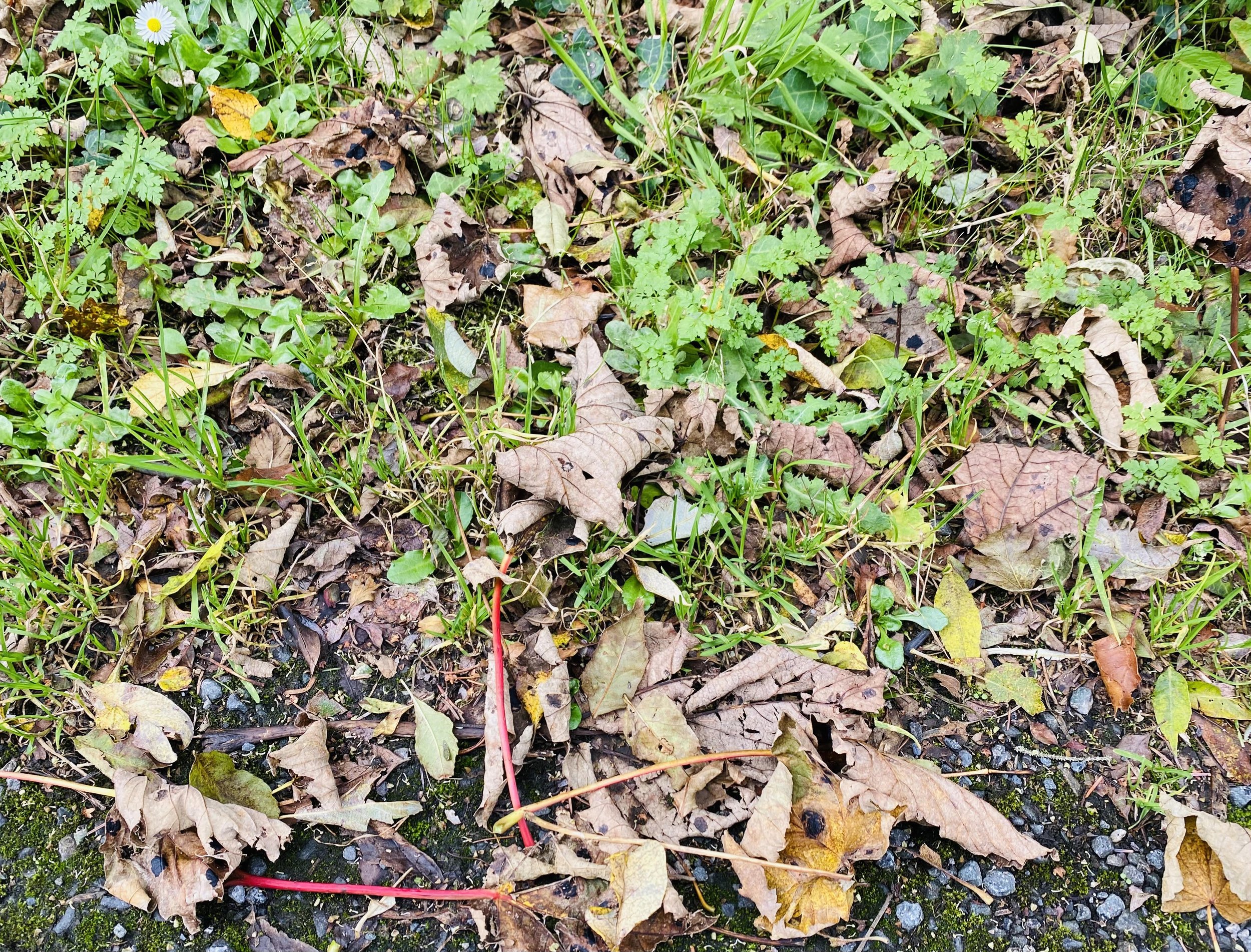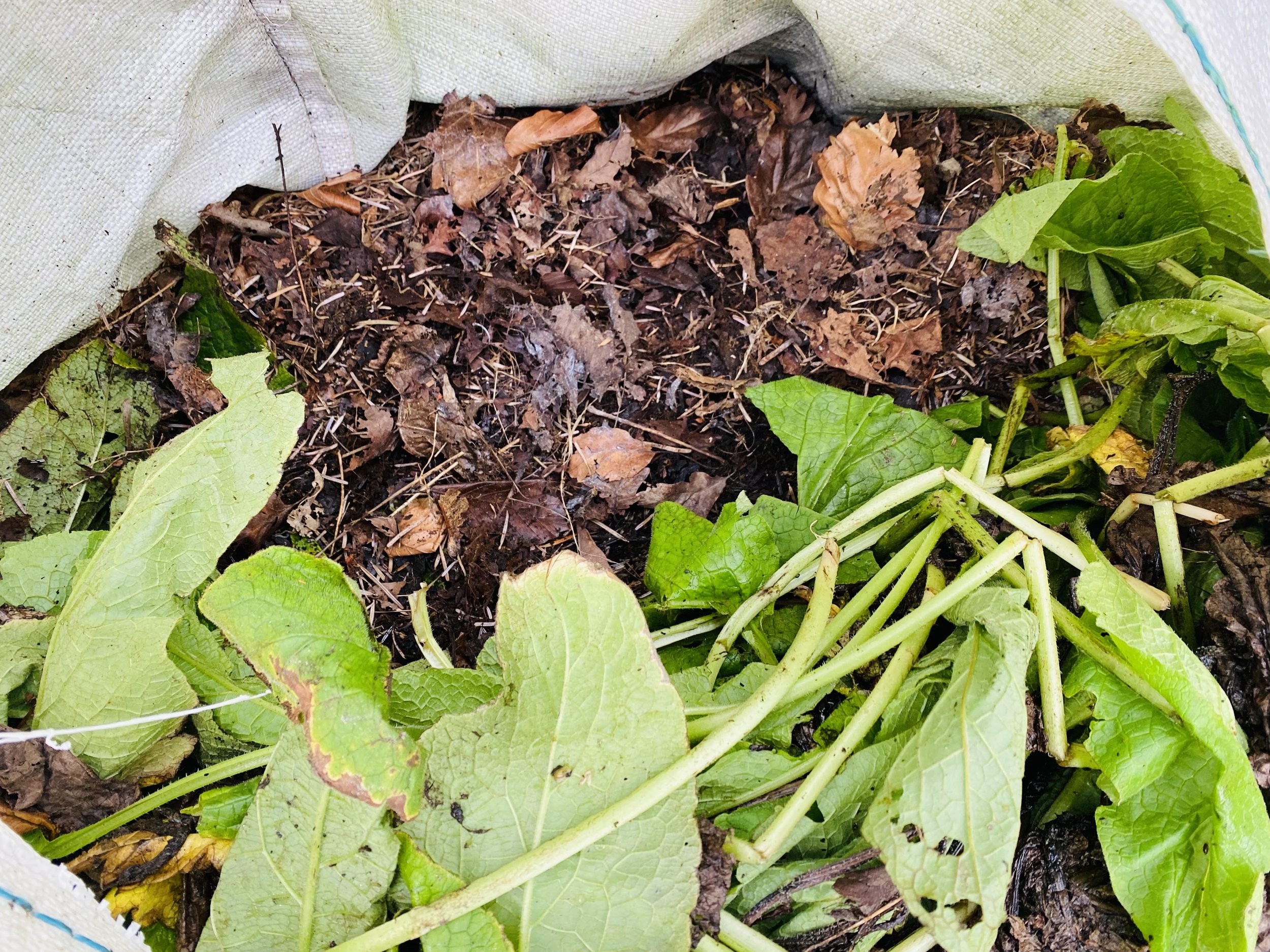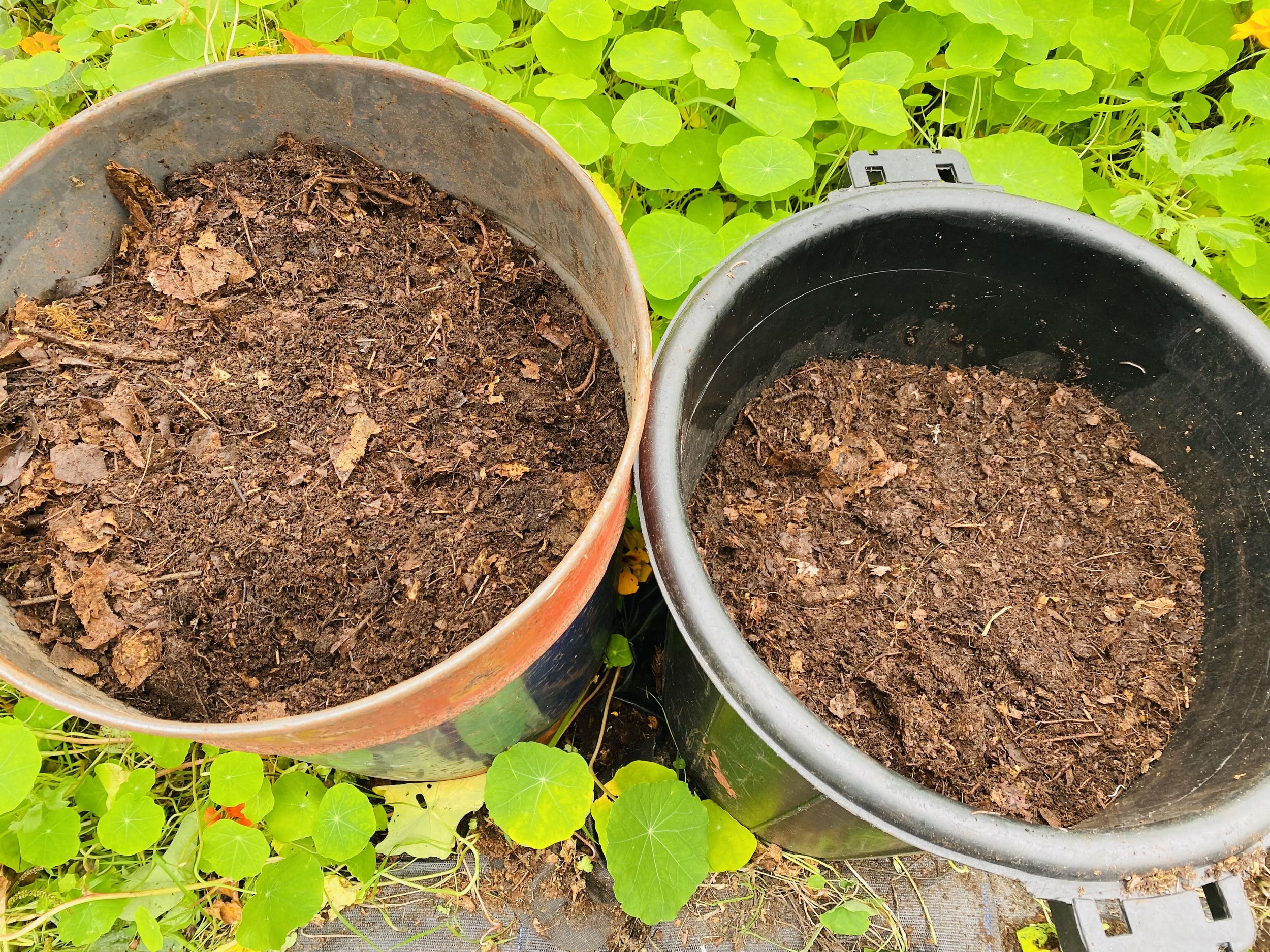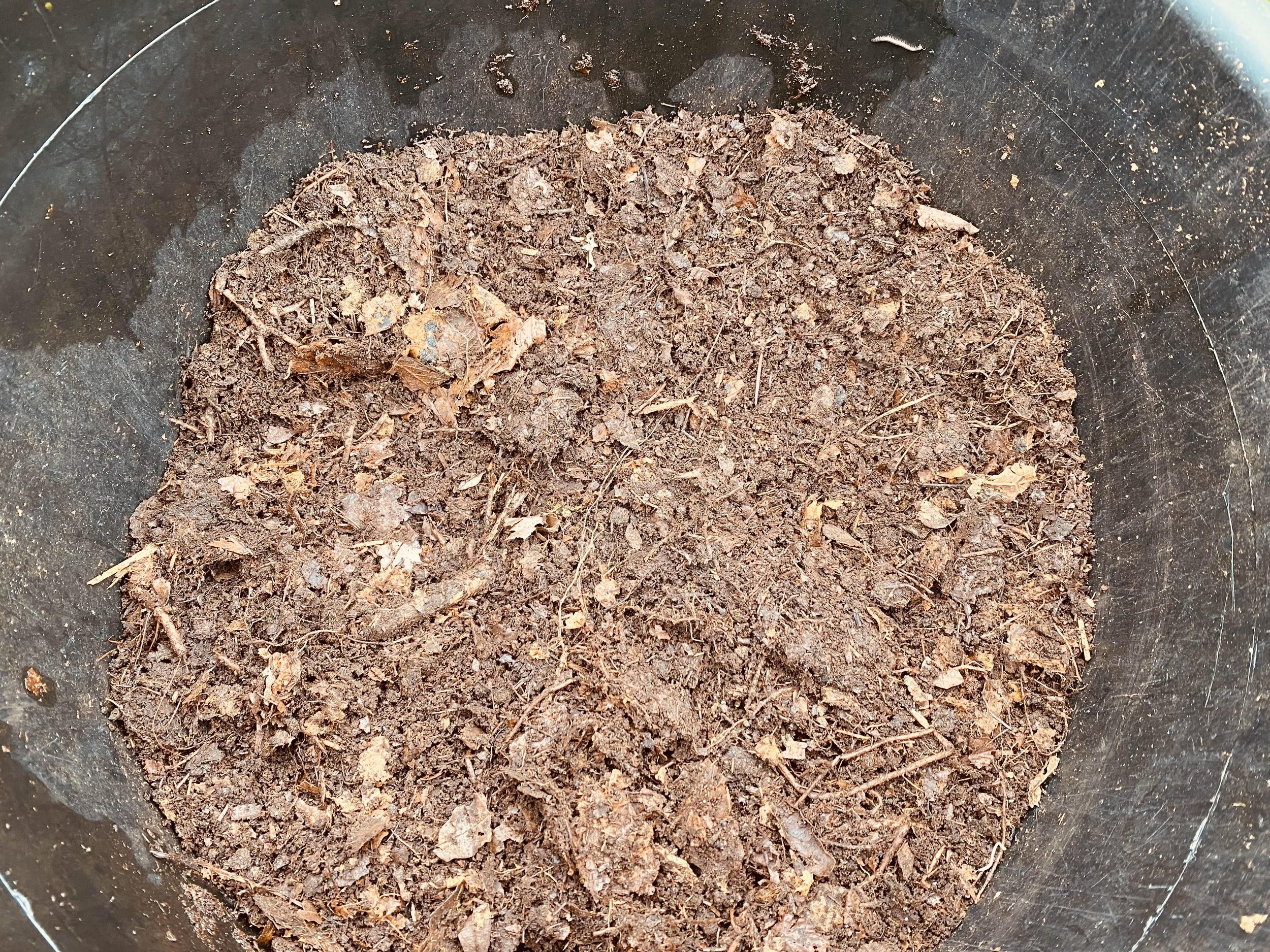Making leaf mould
From late September into October leaves are starting to fall and also change their colours, because of changes in the length of daylight and changes in temperature. As the trees prepare for Winter the chlorophyll breaks down, the green color disappears and exposes the yellow pigments hiding underneath. As the leaves continue to waste away, they produce tannins and turn brown.
Make leafmould
October is a good time to make leafmould. You will notice in your garden or on your walks in the countryside, broad leave trees are shedding their leaves. Some people see this as a nuisance, but many gardeners including myself see it as a godsend and collect as many leaves as they can get their hands on.
Simply rake up fallen leaves. Take care not to use ones from sides of busy roads though, as these may have heavy metal contamination from car exhausts. Pile the leaves into a frame, made from four posts with mesh wire around the sides. This is simply to prevent the leaves from blowing away. Don’t cover the heap and allow the leaves to soak up the rain. In twelve-months time the leaves will have rotted to a crumbly mix, and in two or three years, this will be softer, finer and closer to the spongy state of humus.
You can dig your one-year-old leafmould into the soil or spread it on the surface as a mulch.
To make your leafmould even better, you can add comfrey leaves to the mix. Comfrey on its own is a very good source of liquid fertilizer and a valuable manure in its own right. The leaves are rich in potash and also contain nitrogen and phosphate. If you have maintained your comfrey plants throughout the summer, you should still have plenty of green leaves on them, cut now and use them for composting before they die away.
Building Humus
Garden compost and leaf compost are the humus builders that you can add to the soil. Compost is not humus yet; it still has visible pieces of plants that will root for a good while yet. Compost can be seen as the first stage or a stage in the production of humus.
Renowned gardener Joy Larkcom says in her book ‘Grow your own vegetables’: “Humus is organic matter in a very advanced state of decay, and it is from humus that plant nutrients are released.”
I think we can simply say that humus is plant and animal substances that have decomposed to a point of stability. In other words they have rotted down to a substance that can’t rot any more. It improves soil structure and increases water retention. Its nutritive qualities include trace elements and several important organic acids but do not include nitrogen or phosphorus.
Compost, on the other hand, is organic matter in a purposeful state of partial decomposition. The purposeful part is important. Dead stuff on the ground is NOT compost, just decaying organic matter. It is the controlled, or semi-controlled conditions that make it compost, which in essence means we gardeners have to mix the ingredients, as described above, well!
Here is a guide to how leaves break down:
Leaves that are quick to break down are low in fibrous lignin and high in nitrogen and calcium will produce leaf mould within a year. Add directly to a mesh bin or bag without chopping.
Leaves to use: ash, beech, birch, cherry, elm, hornbeam, lime, oak, poplar, willow
Leaves that are slow to break down are from trees with large, tough leaves that are high in lignin and low in nitrogen and calcium take 18-24 months to break down. Chop up with a mower or garden shredder.
Leaves to use: deciduous shrubs, hawthorn, maple, sycamore, magnolia, horse chestnut





